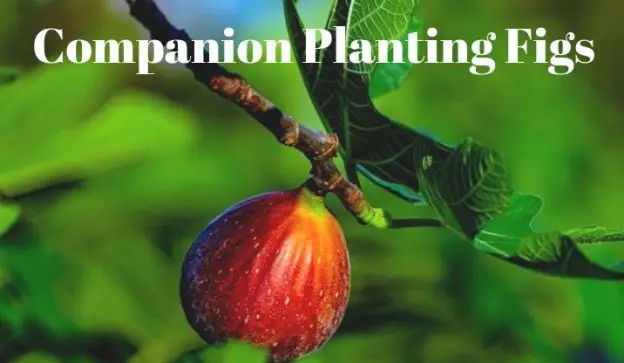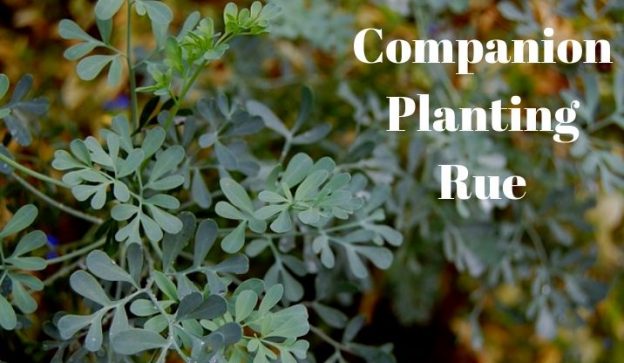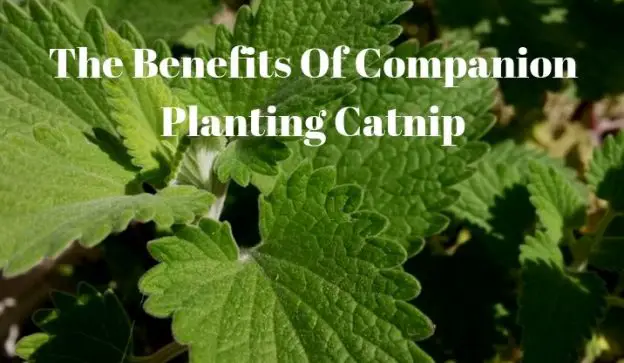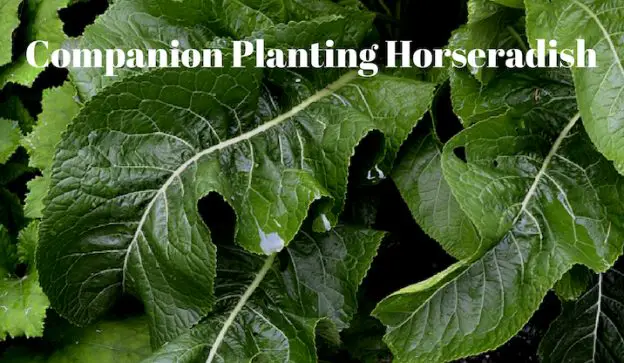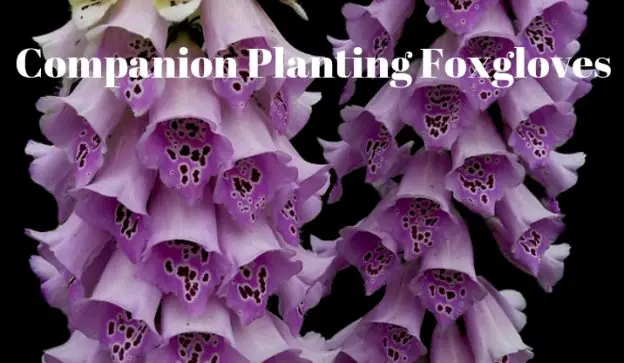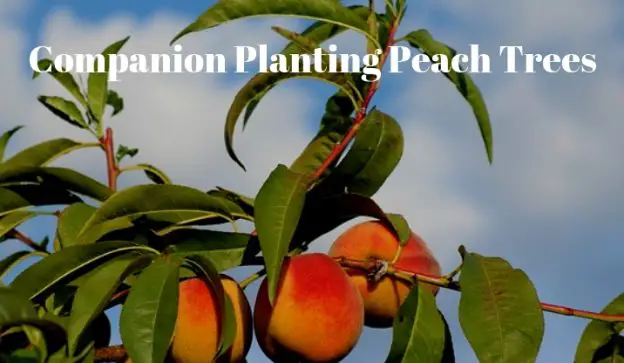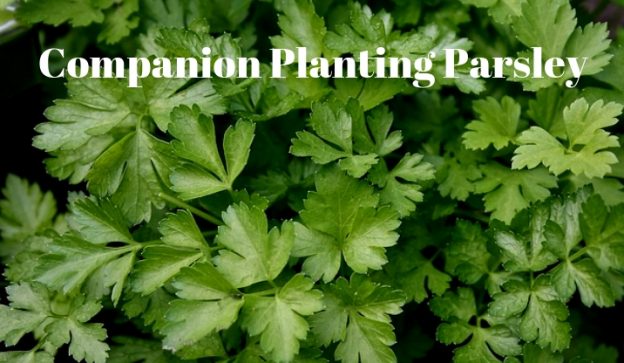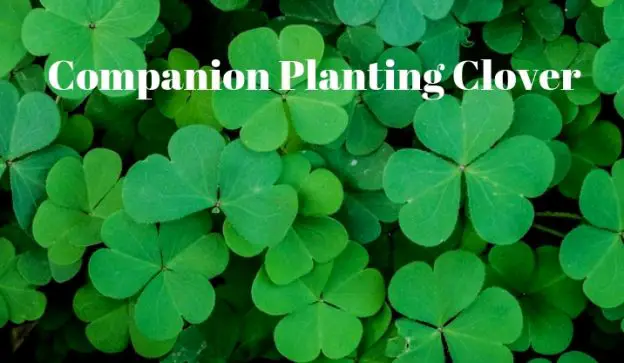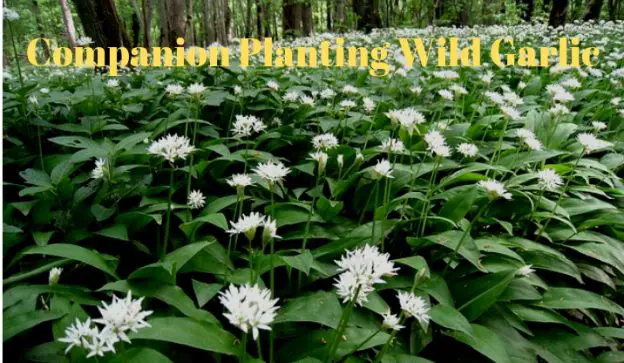Companion Planting Sage

My son has a large pot full of sage and on my last visit I took a small cutting as sage will root easily. It’s a handy herb to use and companion planting sage will deter many pests and attract beneficial insects as well. Companion Planting Sage Sage deters cabbage white butterflies, flea beetles, and carrot root flies. Companion planting sage will benefit these plants:- Broccoli and Sage Plagued by cabbage white caterpillars, broccoli will benefit from the strong aroma from sage which will repel cabbage whites. As with all brassicas, broccoli is also susceptible to flea beetle damage and… → Read More

